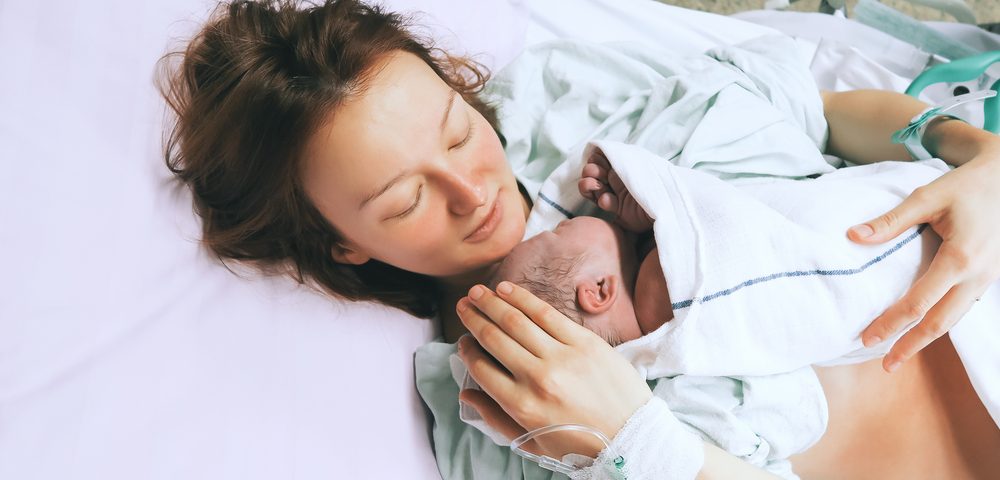Slow fetal growth during pregnancy and low birth weight are linked to a higher risk of endometriosis later in life, a study suggests.
The study, “Developmental origins of endometriosis: a Swedish cohort study,” was published in the Journal of Epidemiology & Community Health.
Endometriosis is a chronic inflammatory disease caused by the abnormal growth of womb cells outside the uterus and is estimated to affect up to 10 percent of all women of reproductive age.
Previous studies have suggested that endometriosis may be associated with a low body weight at birth.
“However, the conclusions of these research are debatable due to some common limitations, including potential misclassification of the disease, self-reported birth weight and unclear timing of onset or diagnosis of the disease,” the researchers in this study wrote.
This team of researchers from the Karolinska Institutet in Sweden and their collaborators set out to investigate the relationship between prenatal features along with adult social and reproductive factors and the risk of developing endometriosis later in life in a group of Swedish women.
The population-based study involved a total of 3,406 women born in the city of Uppsala, Sweden, between 1933 and 1972. Prenatal data was obtained from archived birth records and endometriosis diagnosis between the ages of 15 and 50 years old from medical records stored at national patient registers. Socioeconomic and reproductive characteristics of patients were obtained from routine registers.
Of these women, 111 were diagnosed with endometriosis during follow-up between 1968 and 2008, 91 of whom were diagnosed with external endometriosis, meaning outside the uterus.
Prenatal data showed that low birth weight was correlated with an increased rate (up to 35%) of endometriosis later in life. This risk decreased in women with later-onset endometriosis.
In addition, the researchers found that the risk of endometriosis increased even more for women who had fewer live births and/or who experienced infertility issues throughout their lives before being diagnosed with endometriosis. All correlations were stronger for women with external endometriosis.
None of the results suggested that the number of births were linked to the inverse relationship found between endometriosis and low birth weight.
“According to the developmental origins of health and diseases theory, exposure to adverse intrauterine environment could exert long-term impact on the structure and physiology of human body and metabolism, and therefore be associated with increased risks of subsequent chronic diseases,” the investigators wrote.
“Our study supports the developmental origins hypothesis of endometriosis, but the specific mechanisms underlying the association require further investigation. The increased risk from adverse birth and adult factors seem to be limited to external endometriosis, and further research should distinguish the different types of endometriosis,” they added.

